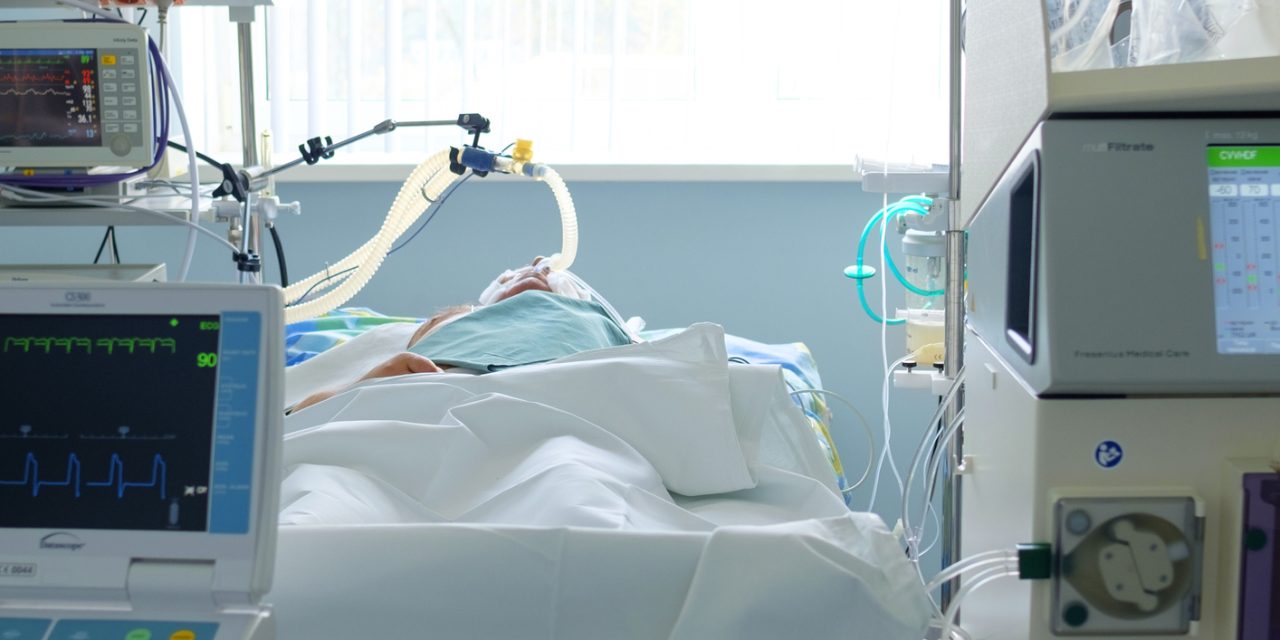Concussions are shown to hinder multiple health dimensions, including health-related quality of life (HRQOL), suggesting a need for a whole-person approach to assessment and treatment. Patient-reported outcome measures are one method to gather the patient’s perspective regarding their HRQOL.
To evaluate perceived HRQOL using the Patient-Reported Outcomes Measurement Information System Pediatric-25 subscale in patients throughout concussion recovery.
Prospective cohort, descriptive survey.
There were 9 high school athletic training facilities.
A total of 70 patients with diagnosed concussions (51 males, 7 females, 12 unreported; age = 15.7 [0.9] y, height = 174.6 [8.4] cm, mass = 72.8 [14.8] kg, grade = 10.0 [0.9] level).
Patient-Reported Outcomes Measurement Information System Pediatric-25 was administered at 3 days, 10 days postconcussion, and return to play (RTP).
Patient-Reported Outcomes Measurement Information System Pediatric-25 subscale T scores and self-reported concussion history (yes/no).
A total of 70 patients completed the study. For the Pediatric-25 subscales, the severity of problems associated with Physical Function Mobility, Anxiety, Depression, Fatigue, and Pain Interference were highest 3 days postconcussion, decreasing at 10 days and RTP (all p < .05). No differences were found between days 3 and 10 for Peer Relationship scores, but improvements were identified at RTP (p .05). Ceiling and floor effects were present in all subscales throughout each timepoint, except for Physical Function Mobility (14.7%), and pain interference (11.8%) at day 3 postinjury.
Patients who had suffered a concussion improved from day 3 through RTP on multiple health domains as demonstrated through the Pediatric-25 subscales. These findings highlight the need for health care professionals to serially monitor HRQOL and social factors that may affect the patient postconcussion as part of a multifactorial assessment. Ceiling effects in high functioning adolescent athletes were present; thus, efforts should be made to identify appropriate scales for use in managing recovery in athletic populations.
Evaluating Multiple Domains of Health in High School Athletes With Sport-Related Concussion.


